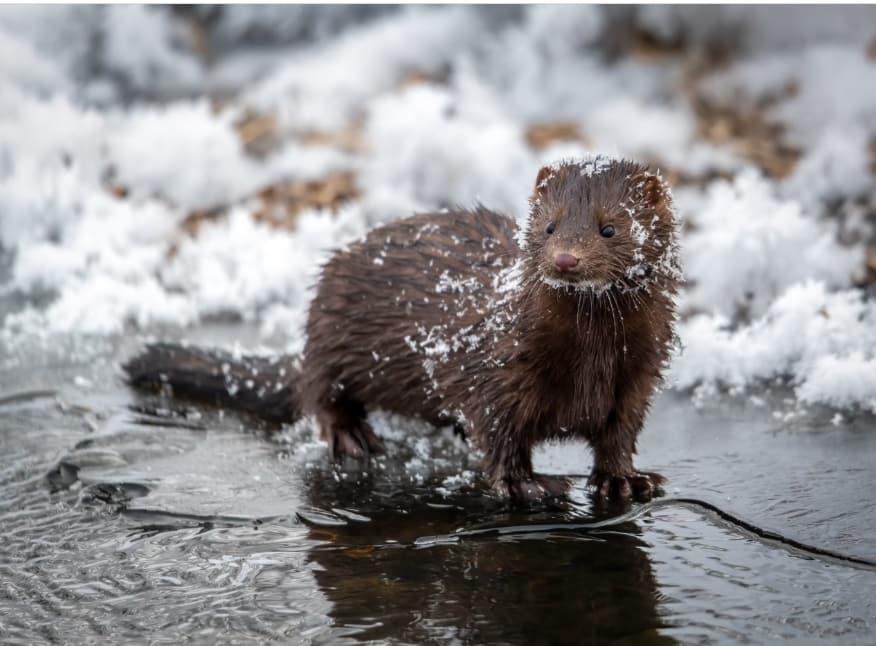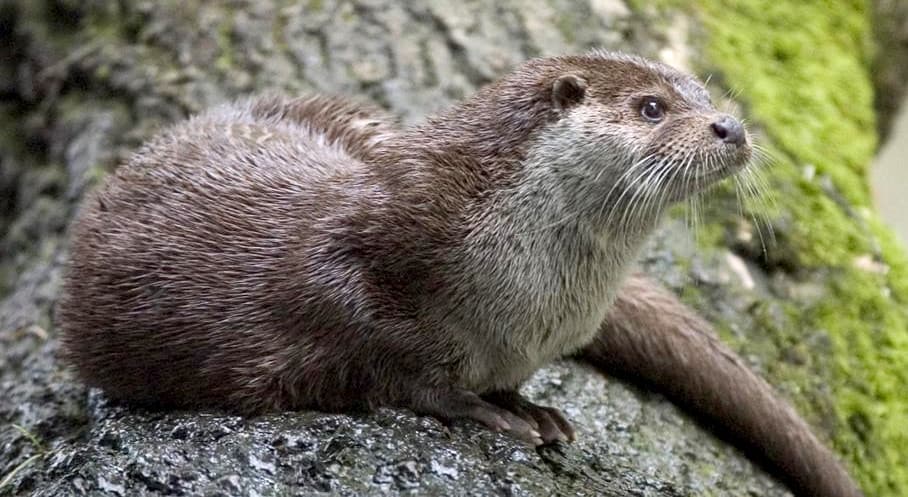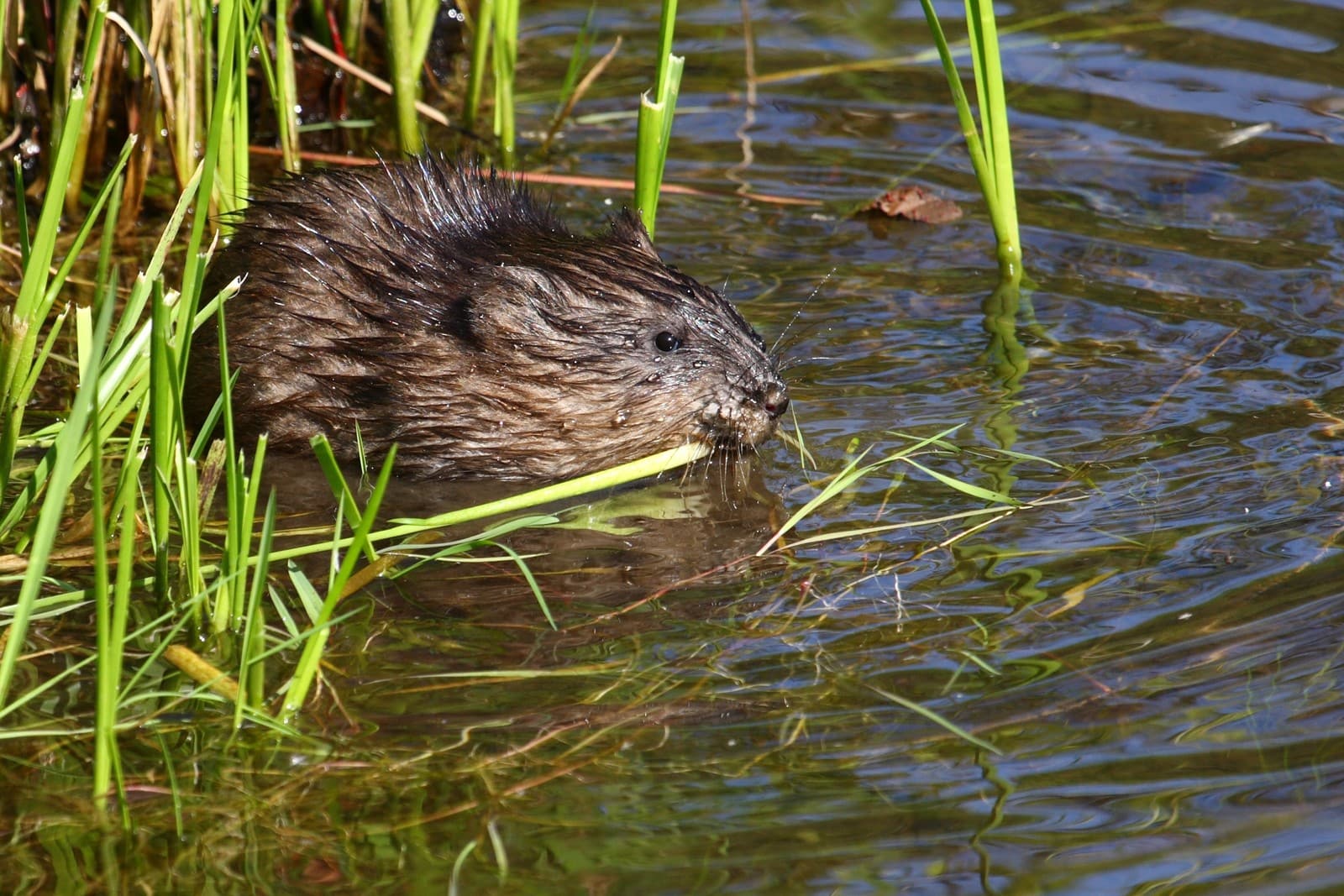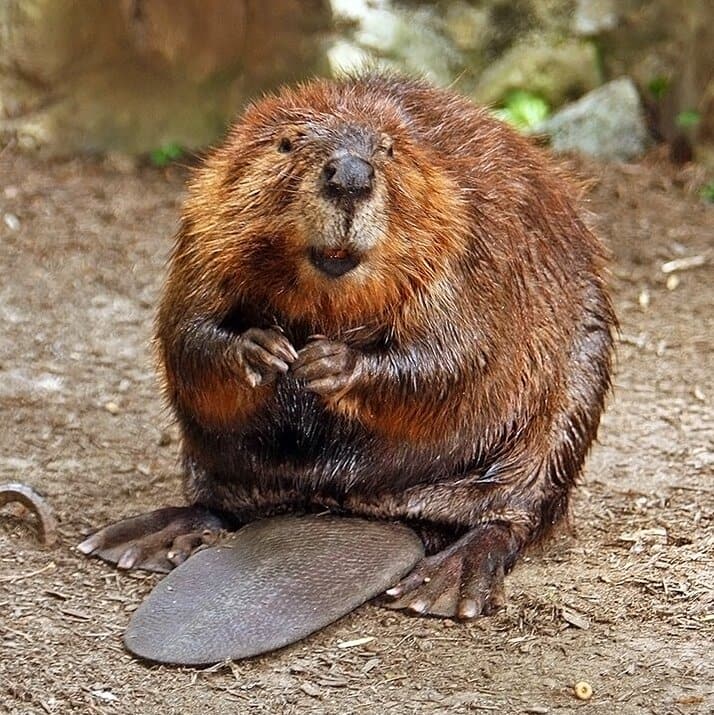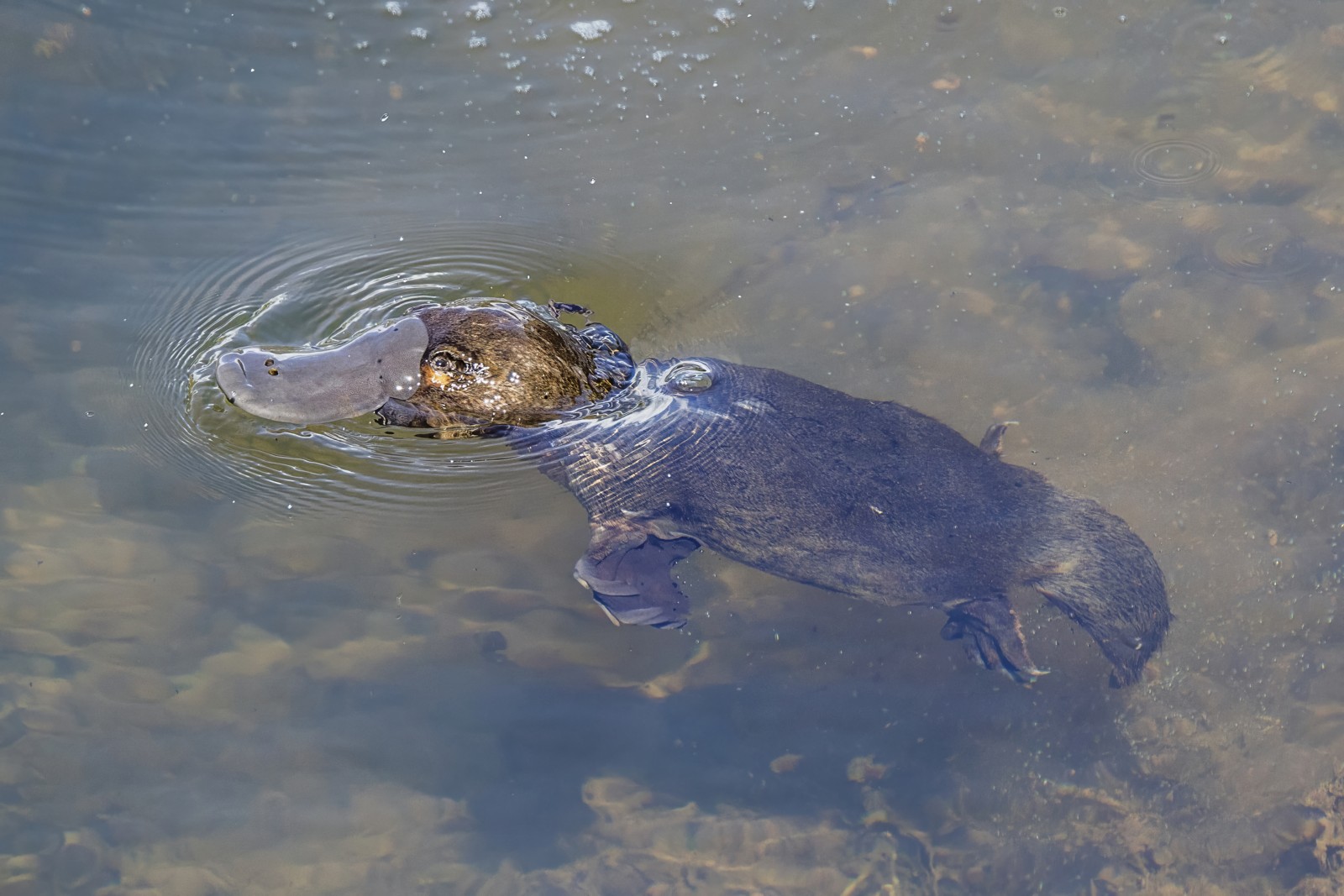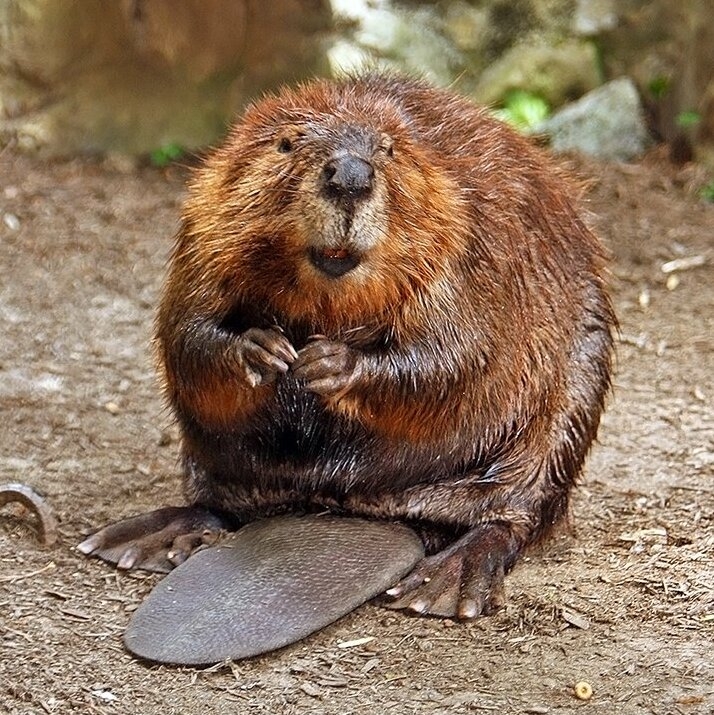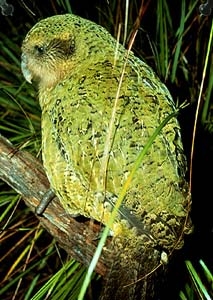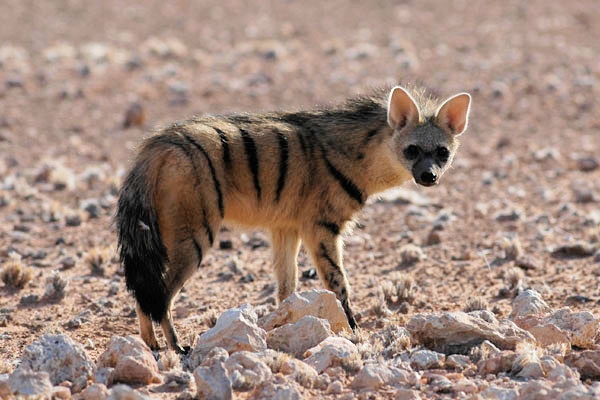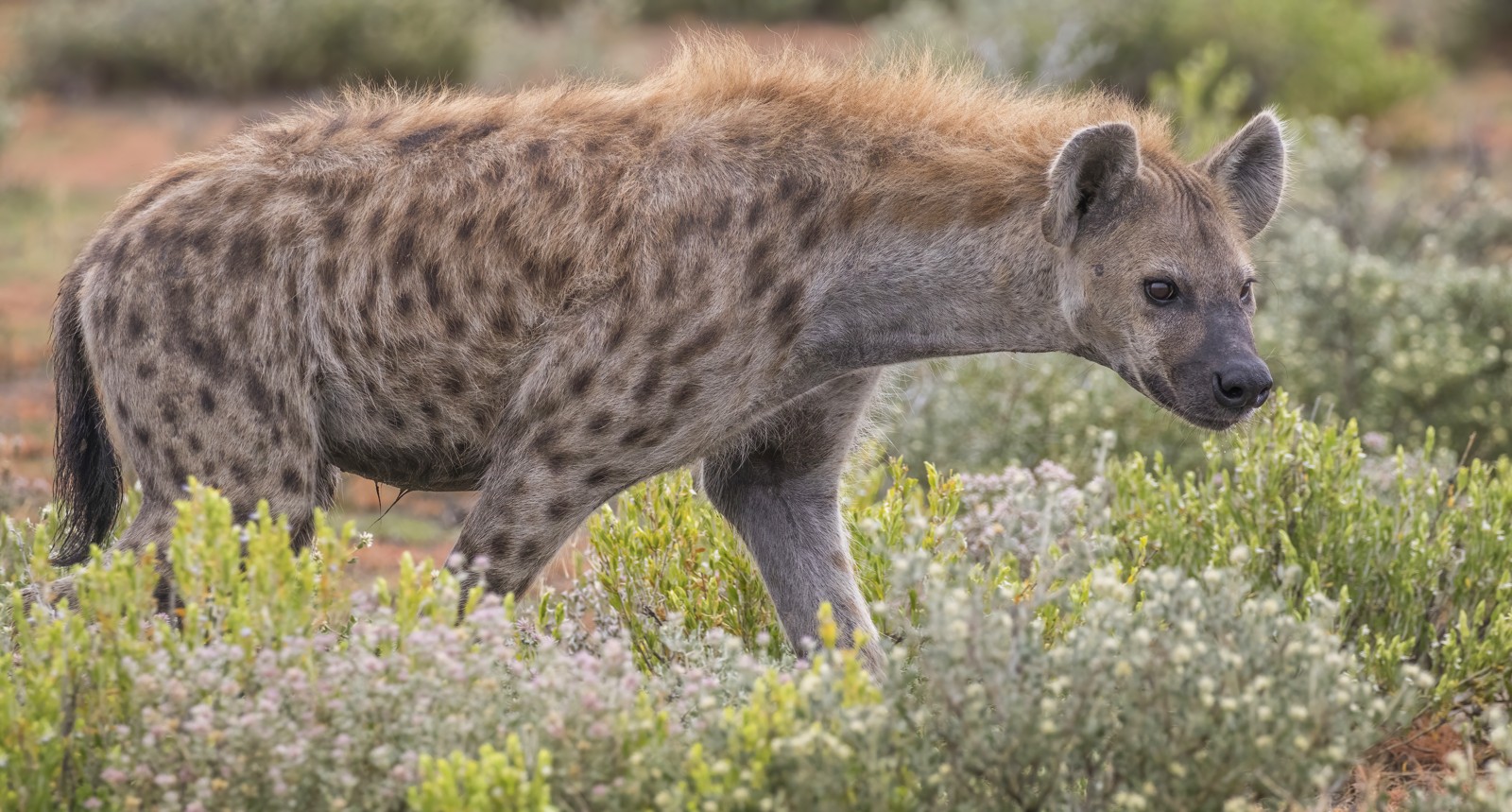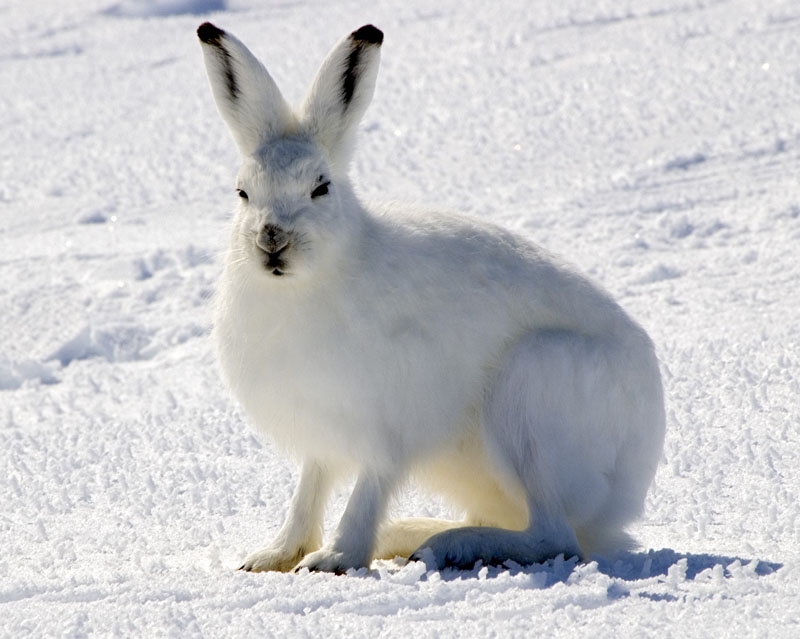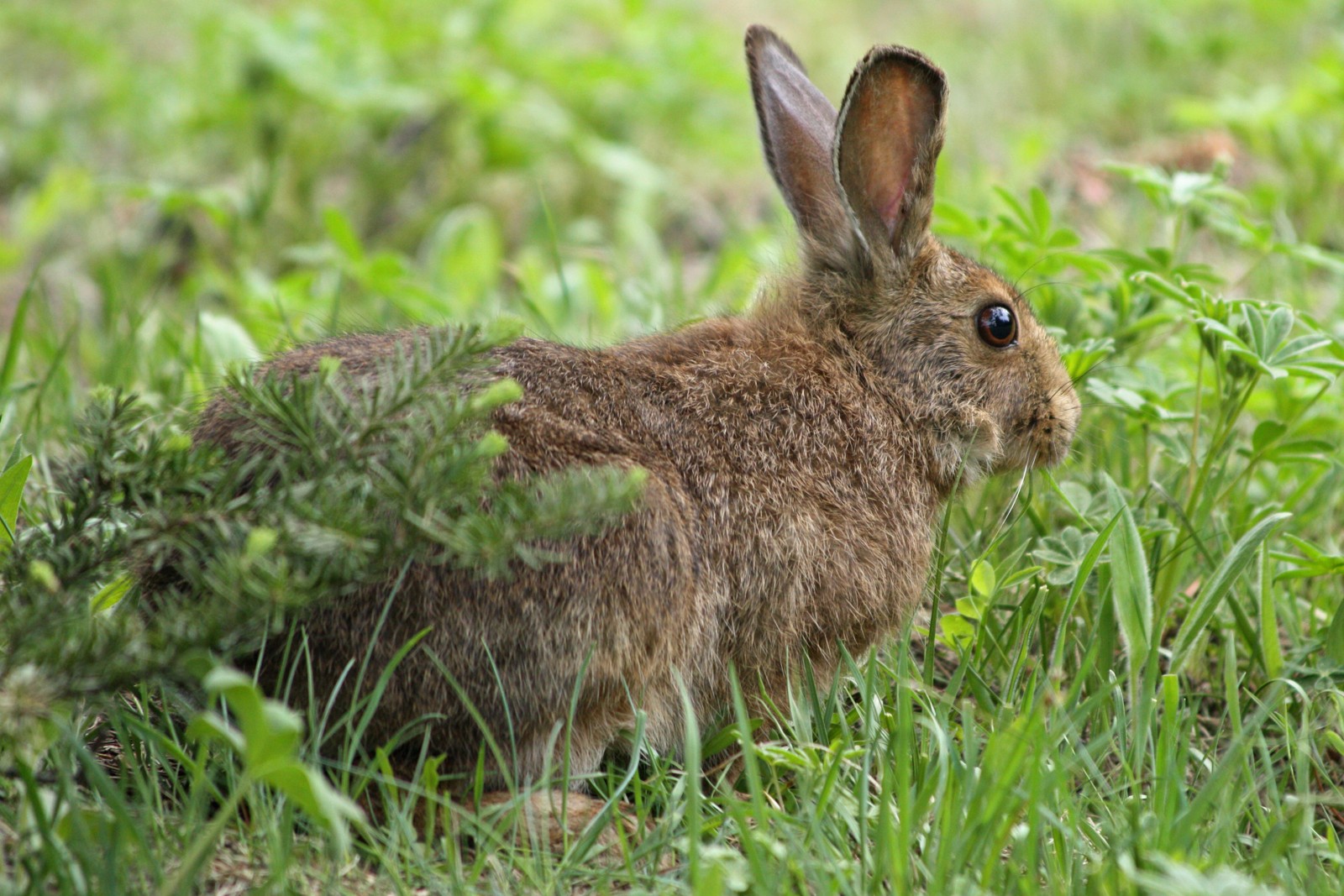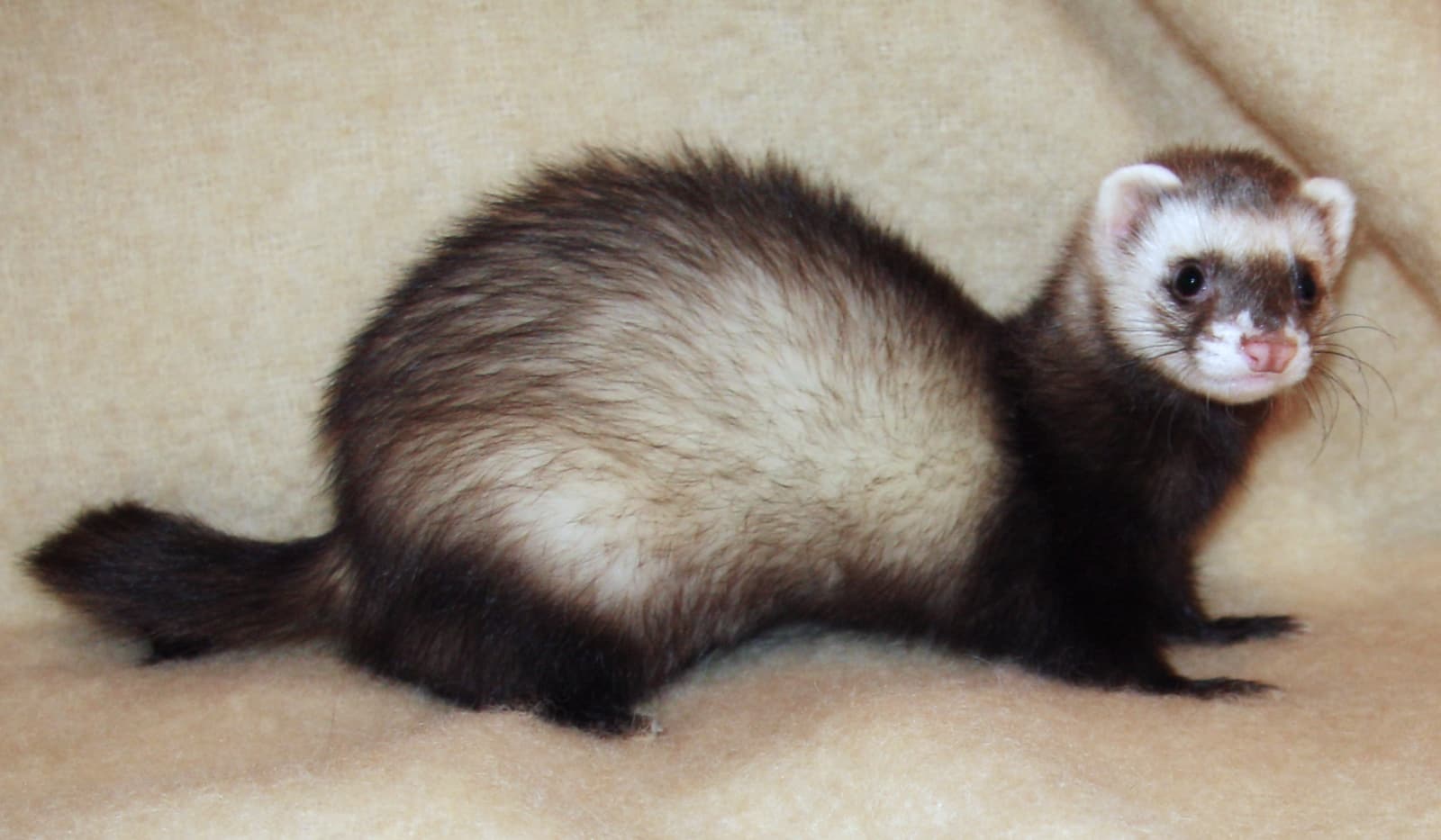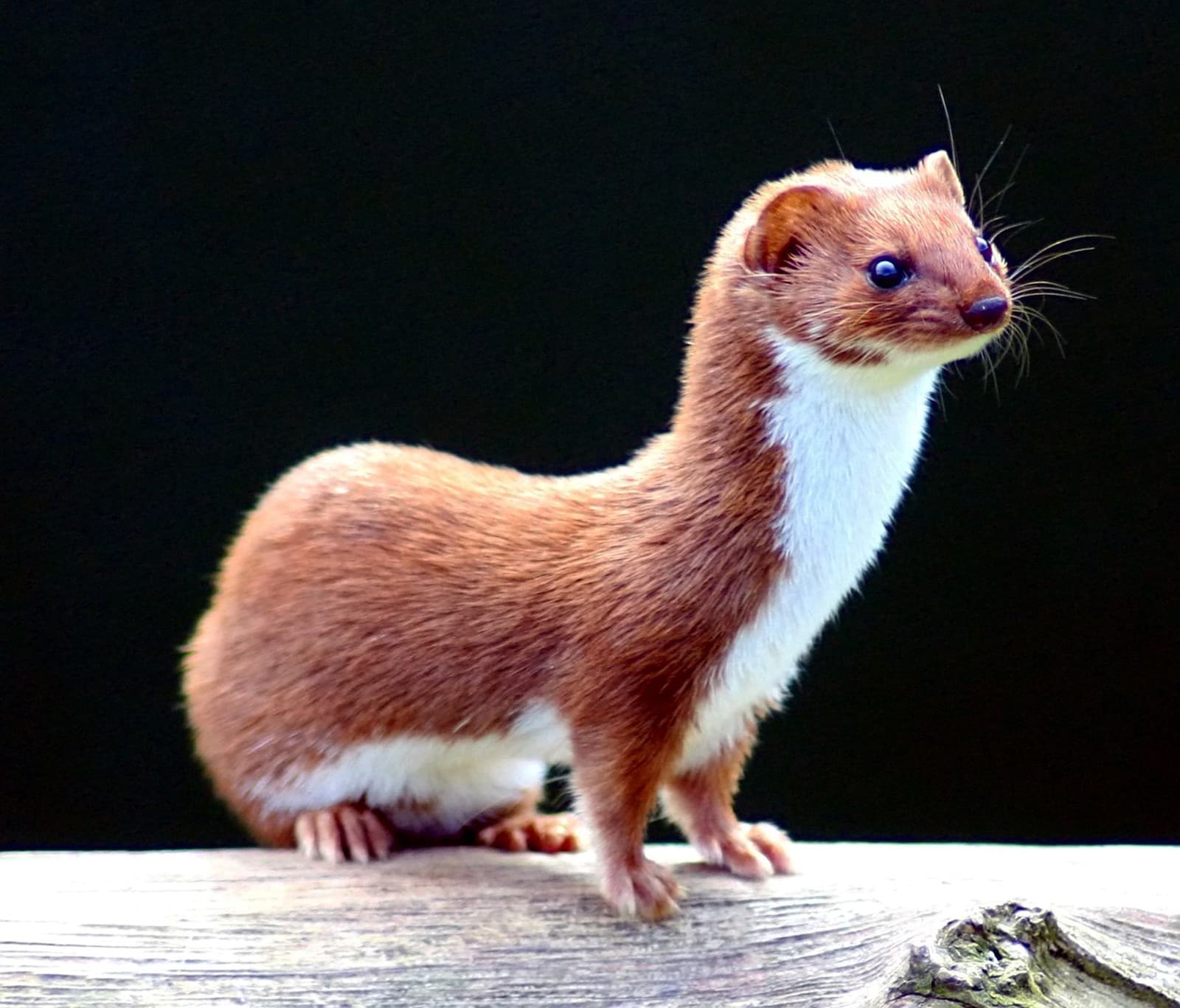Otter vs Beaver: A Complete Comparison
While both otters and beavers are semi-aquatic mammals that call our waterways home, these remarkable creatures couldn’t be more different in their lifestyle and evolutionary adaptations. Otters are sleek, carnivorous members of the mustelid family, weighing between 10-30 pounds (4.5-14 kg), while beavers are hefty herbivorous rodents that can tip the scales at 40-70 pounds (18-32 kg), making them North America’s largest rodent species.
The most striking difference between otters and beavers lies in their physical build and behavior. Otters possess streamlined bodies built for swimming and hunting fish, while beavers are stocky engineers famous for their dam-building abilities and distinctive flat tails. These adaptations reflect their vastly different ecological roles: otters as agile predators and beavers as industrious ecosystem engineers.
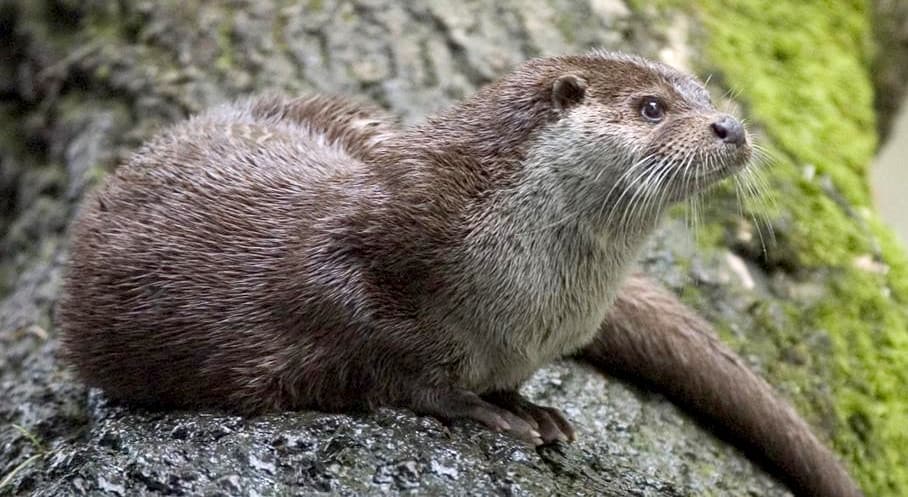
© Bernard Landgraf / CC BY-SA 3.0
The river otter’s sleek profile and muscular tail showcase its perfect adaptation for life as an aquatic predator. Notice the streamlined body shape that allows for swift underwater maneuverability when pursuing fish and other prey.
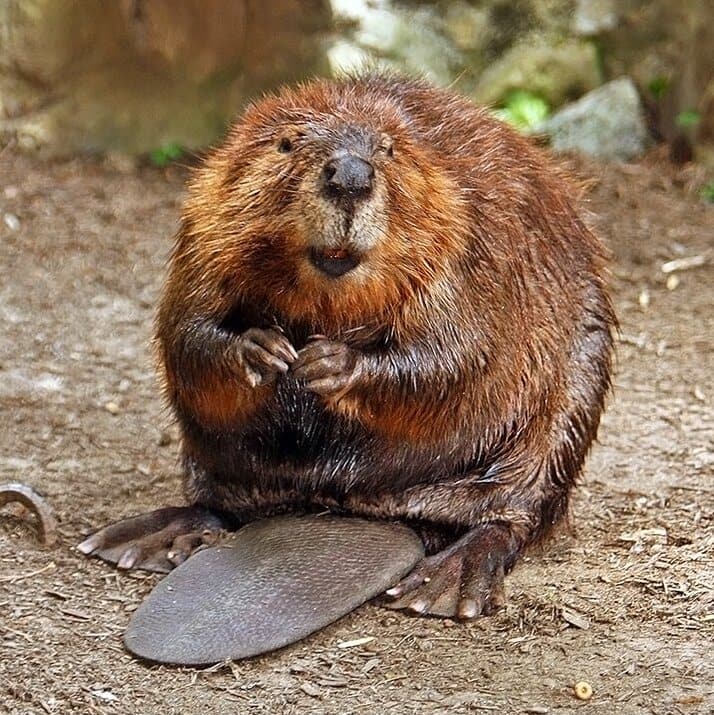
© Steve from Washington, DC, USA / CC BY-SA 2.0
The beaver’s robust build and distinctive paddle-shaped tail illustrate its adaptation as nature’s engineer. The thick fur and substantial body mass help maintain warmth during long periods of underwater activity.
Key Differences: Otter vs Beaver
| Feature | Otter | Beaver |
|---|---|---|
| Size | 10-30 lbs (4.5-14 kg) | 40-70 lbs (18-32 kg) |
| Diet | Carnivorous (fish, crustaceans) | Herbivorous (tree bark, aquatic plants) |
| Tail | Long, muscular cylinder | Flat, paddle-shaped |
| Social Structure | Often solitary or small groups | Family groups |
| Habitat Modification | Minimal | Extensive (dam building) |
| Swimming Speed | Up to 12 mph (19 km/h) | Up to 5 mph (8 km/h) |
Habitat and Behavior
Otters are primarily hunters, using their agility and speed to catch fish, crustaceans, and other aquatic prey. Their long, muscular tails serve as powerful propulsion tools underwater, while their sensitive whiskers help detect prey movements. Unlike beavers, otters don’t significantly modify their habitat, instead adapting to existing waterway conditions.
Beavers, conversely, are nature’s architects. These industrious rodents actively reshape their environment by building dams and lodges, creating wetland habitats that benefit countless other species. Their famous paddle-shaped tail serves multiple purposes: as a rudder while swimming, for balance while gnawing trees, and as a warning signal when slapped against water.
Diet and Feeding Habits
The dietary differences between otters and beavers highlight their distinct ecological roles. Otters are skilled hunters, consuming up to 40% of their body weight daily in fish, crayfish, and other aquatic prey. Their streamlined bodies and powerful legs make them excellent swimmers, capable of pursuing fast-moving prey underwater for up to 4 minutes.
Beavers maintain a strictly vegetarian diet, primarily feeding on tree bark, leaves, and aquatic vegetation. Their large, continuously growing incisors allow them to fell trees both for food and construction materials. A beaver can consume up to 20% of its body weight daily in woody and herbaceous vegetation.
Who Would Win in a Confrontation?
While otters and beavers rarely engage in direct conflict, their different adaptations would favor different outcomes depending on the scenario. In water, an otter’s superior speed and agility (12 mph vs beaver’s 5 mph) would give it a significant advantage. However, a beaver’s larger size and powerful incisors serve as effective deterrents against potential threats. In practice, these species generally avoid confrontation, occupying different ecological niches despite sharing aquatic habitats.
Conservation Status and Human Impact
Both species have historically faced significant challenges from human activities. Otters experienced severe population declines in the 20th century due to water pollution and habitat loss, though many populations have since recovered through conservation efforts. Beavers were nearly hunted to extinction for their fur but have made remarkable comebacks in many regions, though they sometimes face conflict with human land use due to their dam-building activities.
Understanding the distinctions between otters and beavers helps appreciate how different evolutionary paths can lead to success in aquatic environments. While both species play crucial roles in maintaining healthy waterway ecosystems, they do so through remarkably different means: otters as predators helping control fish populations, and beavers as ecosystem engineers creating wetland habitats that benefit biodiversity.
